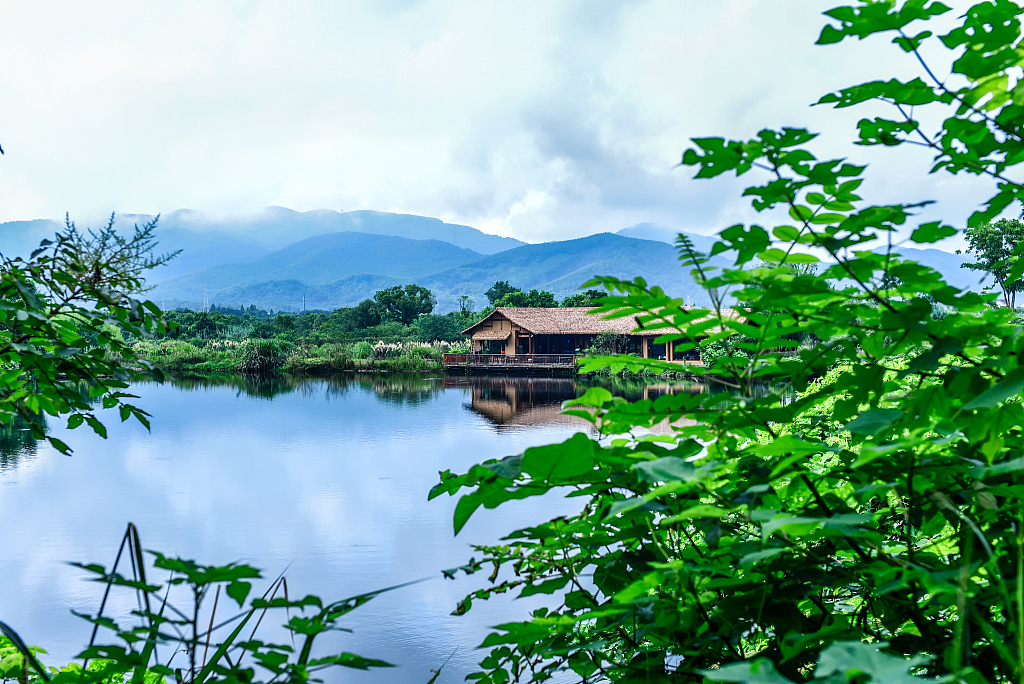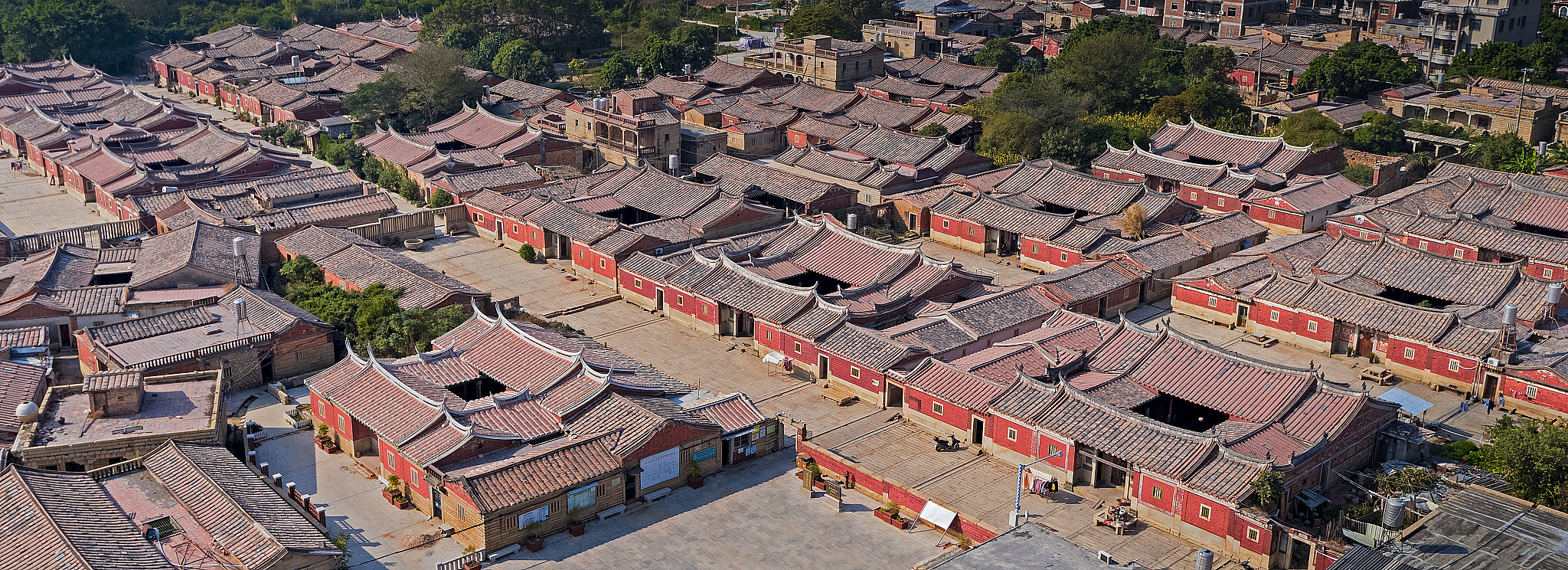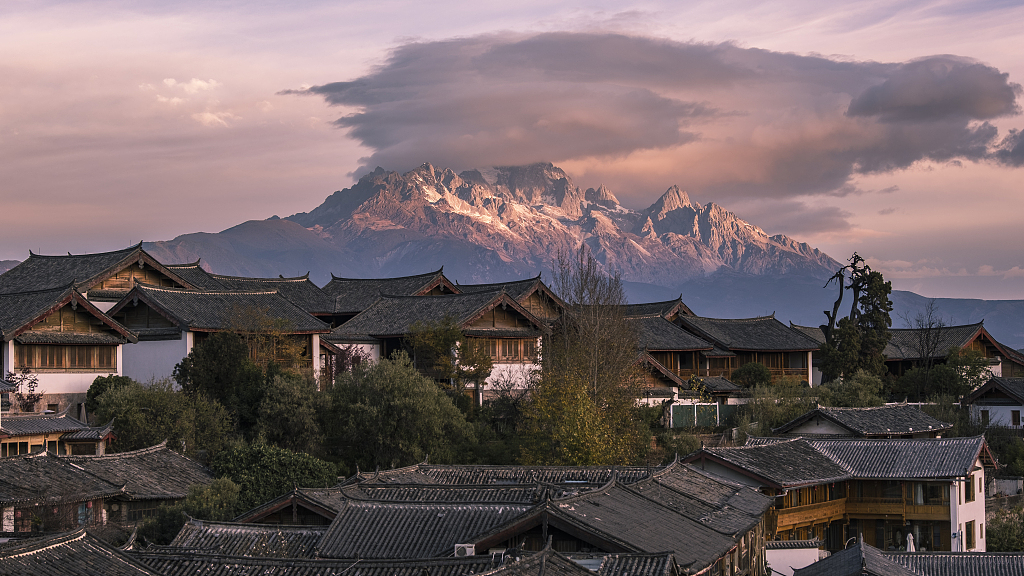China will further step up efforts to safeguard and transmit historical and cultural heritage as part of ongoing urban and rural development strategies.
The general offices of the Communist Party of China Central Committee and the State Council have issued guidelines to prioritize heritage protection efforts while encouraging coordination between the protection, utilization and transmission of historical and cultural heritage.
The authorities have called for efforts to establish scientifically designed and effective heritage protection systems in urban and rural areas to provide strong support for developing a great socialist culture in China.

The Archaeological Ruins of Liangzhu City is a UNESCO World Heritage Site located in Yuhang District of Hangzhou City, east China's Zhejiang Province. /CFP
The Archaeological Ruins of Liangzhu City is a UNESCO World Heritage Site located in Yuhang District of Hangzhou City, east China's Zhejiang Province. /CFP
It should be a comprehensive system to cover all kinds of space and heritage, from ancient buildings, streets, neighborhoods and towns to historical sites, natural landscapes, cultural environments, and intangible cultural heritage, the document noted.
According to the guidelines, greater efforts should be made to address prominent problems, such as the damage and demolition of historical and cultural heritage sites during urban and rural construction.

A complex of ancient buildings in Quanzhou City, southeast China's Fujian Province. /CFP
A complex of ancient buildings in Quanzhou City, southeast China's Fujian Province. /CFP
By 2025, a preliminary multi-level, multi-element protection and transmission system for historical and cultural heritage will be established nationwide. By 2035, systematic and fully-functioning mechanisms for historical and cultural heritage protection and development will be established in urban and rural areas, and will be well integrated into the country's economic and social development, according to the document.
Authorities at all levels will continue to improve laws and regulations, such as the Regulations on the Protection of Famous Historical and Cultural Cities, Towns and Villages. Additionally, more funds and investment will be allocated for the protection of historical, cultural heritage, with more relevant educational and training activities to be launched.

The Old Town of Lijiang is a UNESCO World Heritage Site in Lijiang City, southwest China's Yunnan Province. /CFP
The Old Town of Lijiang is a UNESCO World Heritage Site in Lijiang City, southwest China's Yunnan Province. /CFP
China has made remarkable improvements in the excavation, utilization and protection of cultural relics since the 18th National Congress of the Communist Party of China in 2012, according to a recent report from the State Council.
The country now is home to 766,700 unmovable cultural relics, 108 million pieces (sets) of state-owned movable cultural relics and 56 UNESCO World Heritage sites, such as the ancient port of Quanzhou, the Emporium of the World in Song-Yuan China, and the Archaeological Ruins of Liangzhu City.
(Cover: Quanzhou City, southeast China's Fujian Province. /CFP)

